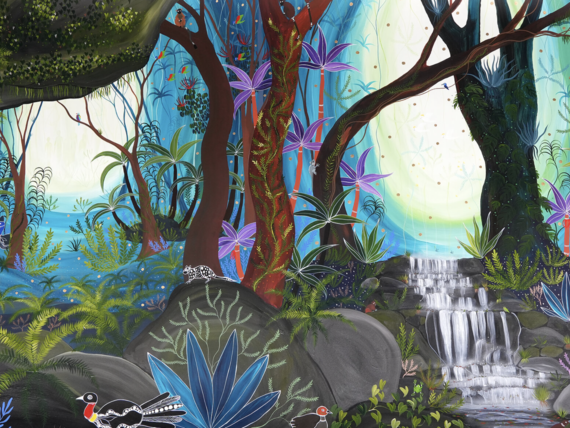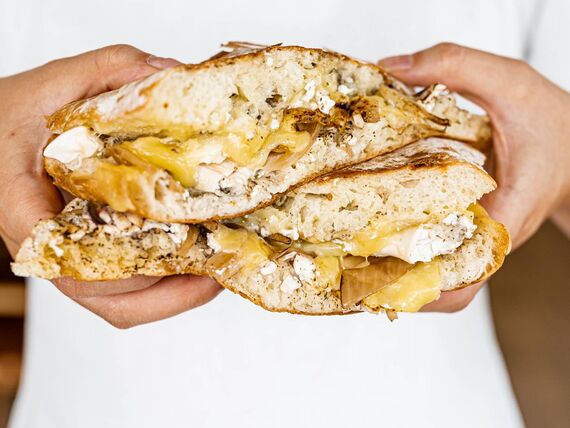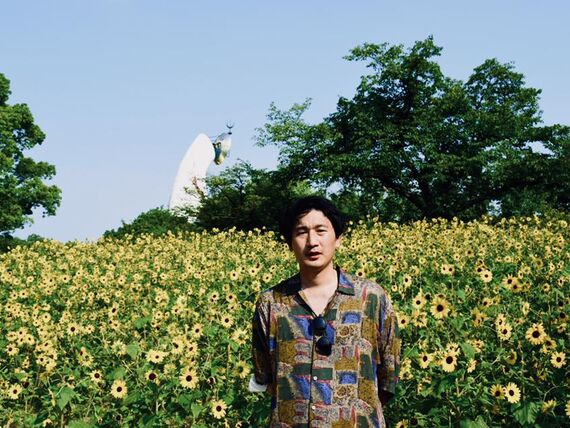
##MP##
A long time ago, a young woman met a violent end on Muralug Island, in the Torres Strait. Modern science could soon tell us the story of her life.
Her grave was uncovered by rising sea levels and a record king tide earlier this year.
A few months later, an archaeological team began excavating the site, led by University of Queensland associate professor, Michael Westaway.
##BA##
“It was the king tide they had in February,” he told Tropic.
“We know the highest king tide on record was in April 2015.
“The king tide that occurred this past February was 10 centimetres higher than that.
“This is the highest sea level rise on record yet and it coincided with storm surge, so it started destroying these intact dunes that had never been exposed to that erosion before."
##PQ##
Professor Westaway said the excavation on Muralug, or Prince of Wales Island, uncovered the complete skeleton of an Indigenous woman probably aged in her twenties.
“There were some fairly significant trauma,” he said.
“One of those seemed to be a wound on her fourth lumbar vertebrae.
“She was buried with her hands over her pelvis, as if she’d been covering a terrible wound.
“There was a lot of conflict in the Torres Strait Islands, inter-tribal conflict and warfare.”
Elders of the Kaurareg people in Torres Strait have allowed a tooth to be taken from the woman’s remains for scientific testing.
Professor Westaway said those tests could yield a lot of information about the woman and may even reveal her connections to people currently living in the Torres Strait.
“I hope in a couple of months, we’ll have this fairly detailed story about her life,” he said.
“That is really quite exciting.
“We’re keen to look at the DNA of this person and compare it to the living community.
“Members have said they’re interested in looking at that relationship.
“She probably lived prior to the time of Europeans arriving in the country.
##PQ2##
"We can still do some quite extraordinary things and that tells us a lot about who she was.
“But we can’t really say much more than that because there aren’t written documents about people at that time.
“She was subsisting on a traditional diet, but we won’t be sure of her chronological age until we get the carbon dating back.”
Professor Westaway said the tooth will be tested for strontium isotopes to determine where the woman lived and travelled.
“You are what you eat,” he explained.
“If you’re living in an area, drinking the water and eating the plants or the animals, you’re ingesting the isotope signature from that area.
“Then if you move to another area, you’re doing the same thing. We can track where she’s moved over those years of her life.
“The Kaurareg people had marriage exchanges and partnerships with people at the tip of the Cape.
“That’s really exciting because we’ll be able to talk about where did this woman have connections.
“That’s the story we’re hoping to tell.”
Main points
- Record king tide in February uncovered a grave on Muralug Island
- It holds the remains of a pre-European era Indigenous woman
- Archaeological team hopes tests will tell us more about her life








